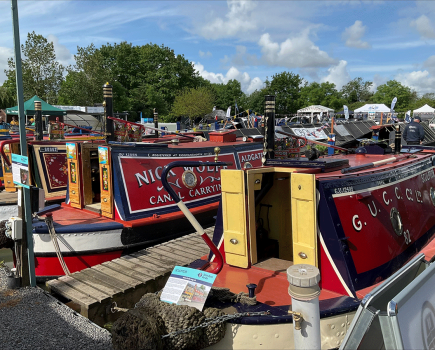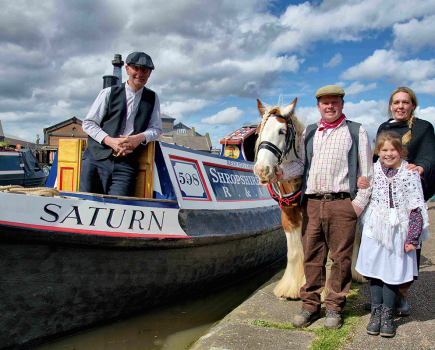Following a consultation, changes to the Canal & River Trust’s boat licence terms and conditions originally proposed in late 2020, were implemented on 1 June 2021
Areas covered include:
- A requirement for boats with home moorings to “travel on a journey” whilst away from home mooring. This is a response to concern that some boats have a ‘ghost mooring’ (to which they seldom if ever return), spending long periods on a small part of the network away from home, not being subject to the legal requirement to move which applies to craft without home moorings.
- Boats to only be used on waterways whose stated maximum dimensions they fit. This results from concerns about widebeam craft being taken onto lengths of canals (such as part of the north Oxford) which were built for narrow beam craft but have no physical barrier to wider boats entering them.
- Response to false licensing declarations; behaviour to CRT employees and volunteers
- Clarity regarding evidence of insurance and Boat Safety Scheme certificates CRT’s report on the consultation shows that in the case of each of the proposals, a significantly larger number of the 3312 responses were in favour than against the change. There were, however, a number of points made, to which CRT replied.
One was that CRT was acting unlawfully by introducing conditions which went beyond the British Waterways Act 1995 (which requires the Trust to grant a licence to boaters for craft which have a boat safety certificate or are exempt, are insured, and either have a home mooring or will be used for navigation throughout the licence period).
CRT’s response was that none of the new conditions allow the Trust to refuse licences for breach of the terms (as they only apply after the licence is issued); that the Transport Act 1962 allows the Trust to apply its own terms and conditions to the use of its services and facilities, which includes its waterways and that the changes are in line with what this allows. CRT can, however (subject to following the correct procedures) terminate a licence for breach of terms.
CRT has, however, withdrawn some new conditions as a result of comments, including a requirement to provide details of persons using the boat at any given time (on request); a ban on displaying an association with (or advertising) any company, business or service without express written permission; and a requirement to use fenders where there was a risk of striking any “boat, structure or object” – on the grounds that using side fenders in locks caused issues with tight clearances.
In other places, CRT has rewritten the new conditions to avoid misunderstanding or ambiguity – for example its new condition about boaters with home moorings did not (as some respondents felt was implied by the original wording) intend to stop them making the same regular short journeys to local attractions.
Image(s) provided by:
Martin Ludgate








